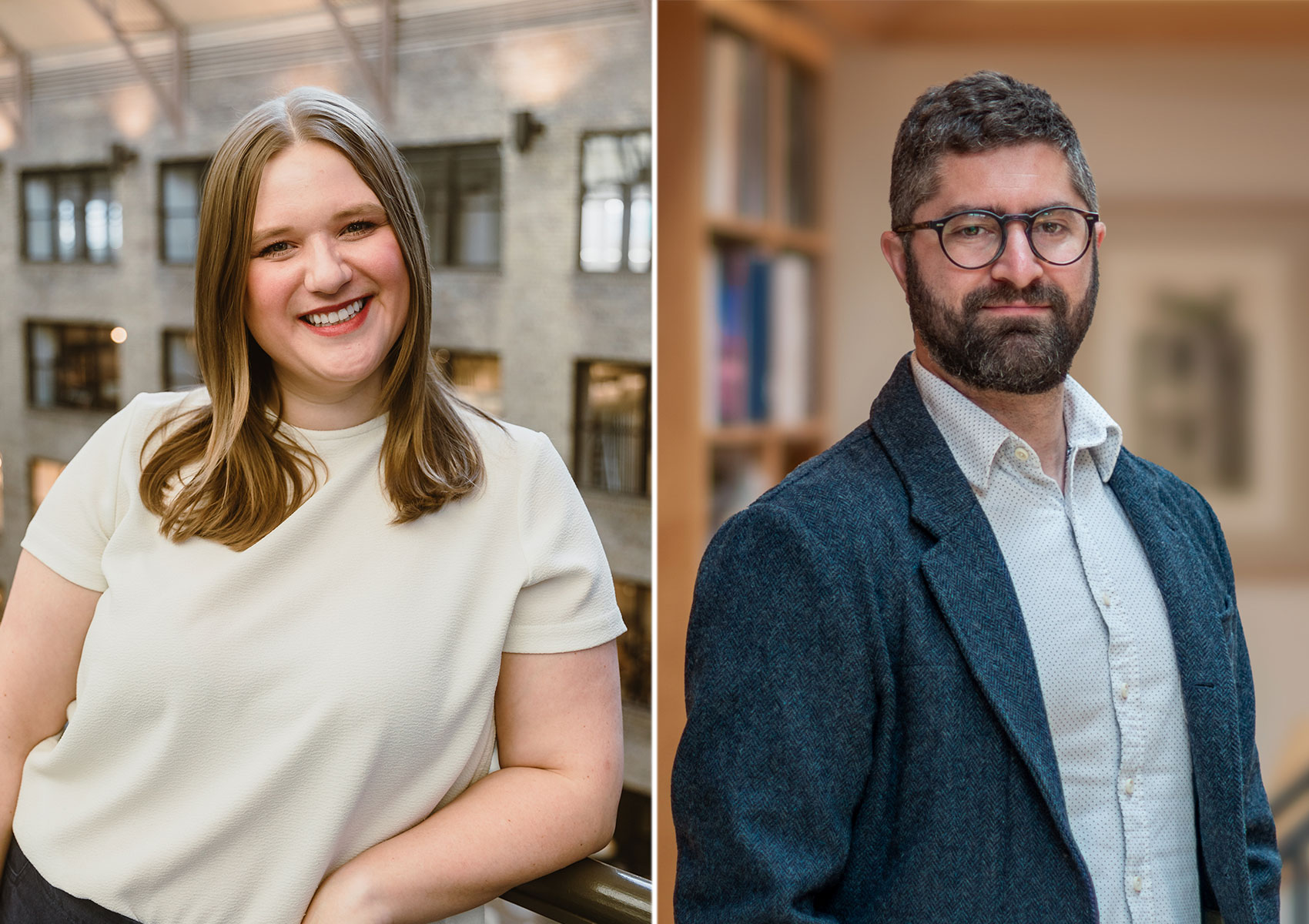Boreal Forest and Books
by Mary-Margaret Zindren, EVP/Executive Director
At last month’s AIA Minnesota Annual Conference, attendees heard from several members of the Minnesota architecture community who shared their climate stories – what spurred them to make climate action a priority in their lives and in their work and what keeps them going in the face of tremendous challenge. As we close out 2021 and turn our eyes toward the year ahead, I thought it a good time to share with you my own climate story.
For the first 16 years of my life, I split my time between two homes.
75% of the year, my home was in Green Bay, WI; an urban neighborhood of Victorian homes near a hospital and a police station, walking distance from everything I wanted or needed.
The other 25% of the year (all summer, plus time around the Christmas holidays), my home was a log cabin in the woods near Grand Marais, MN. The cabin is more than 150 years old. My parents bought it right after they got engaged. It has no running water or electricity. Time there is focused on reading, hiking, and fishing, and in the winter, cross-country skiing.
Many of the books I read while there in my early teen years were by naturalists: Sigurd Olson’s The Singing Wilderness. Aldo Leopold’s A Sand County Almanac. My favorite was Loren Eisley’s The Immense Journey.
The boreal forest surrounding the cabin has changed significantly over the past 30+ years. I perhaps notice it more because I am there less often, so am not immersed in its real-time evolution. There are maples and other plant life invading where they never were before. And the snow is different, too. In going through family photos from the 1970s this year, I was reminded of just how deep the snow was all winter long. And the depths of cold we routinely experienced. Winters are now more temperate on the North Shore, to the point where outfitters, lodges and others who rely on winter sports enthusiasts are concerned for their livelihoods.
The books I read surrounded by timber within and outside the cabin sensitized me to the natural world and stayed with me over the years, fueling my anger about the changes being caused by climate change and advocacy to mitigate those changes. But it was two more books I read during the COVID-19 pandemic that shifted me out of just thinking about, lamenting, and pushing for policy change related to climate action to shifting my personal behavior.
A Children’s Bible by Lydia Millet broke my heart open. It’s a novel about several families caught up in a severe storm that is clearly the consequence of climate change. The biblical allegory is beautifully developed and the characters are compelling. But it is the fact that the central characters are children – children who take up the mantle of responsibility while their parents drink and drug themselves to all uselessness – that caused me to weep. I became acutely aware of the intellectualizing I’d done for so long, keeping the climate challenge at arm’s length, afraid of grappling with the existential nature of the crisis and often being despondent over what I couldn’t do rather than investing myself fully in what I could do.
This turn toward a desire to take personal action led me to the book We Are the Weather by Jonathon Safran Foer, which I listened to three times while going back and forth to Green Bay to help my mother move into assisted living. The book rests at the intersection of climate science, psychology, and philosophy, making the case for taking the actions we can with the knowledge and know-how we have, including committing to a vegan diet for all meals before dinner. While there are health reasons why this diet is promoted by the likes of Mark Bittman (author of VB6: Eat Vegan Before 6:00 to Lose Weight and Restore Your Health…for Good), Foer advocates for this change as an everyday act of integrity for those who see climate action as a priority, in the category of “the least we can do.”
From the day I first listened to the book, I’ve made this change. I’m going on 9 months of eating vegan before dinner. It’s easier than you’d think, as the dinner exception allows for most family celebrations and times out with friends to still include meat-focused meals.
This relatively small change in lifestyle, and my ability to stay the course with this change for many months, has boosted my confidence to make more choices based on climate action. We’re reducing the number of flights we make as a family and planning trips much further out, in order to bundle work trips and life experiences. The next car we buy will be electric; the next kitchen range, too. We’re purchasing less stuff, rereading books where we’ve forgotten the plots and utilizing little free libraries. Pooling resources with neighbors for home projects (why buy a jigsaw when the neighbor down the street has one?). And we’re thinking about density related to how we live in the years to come – adding an ADU to our lot or moving to a dense, multi-unit building with a low- to zero-carbon footprint.
Expanding climate action to be beyond a priority in my work world to be a personal, lived priority is an act that is undeniably selfish; it’s about how I want to be remembered.
I want my children and grandchildren to be able to say that their family made climate action a priority in all ways; that we did our part to preserve what we could of the North Woods experience and habitat. I want my great grandchildren to step outside the cabin walls and immerse themselves in the sights and smells of spruce, fir, pine, and tamarack. For them to hear my favorite sound – aspen trembling in a cold North wind – while making their way through huge drifts of sparkling snow.
View the December 2021 edition of Matrix.


